EFERT’s Half-Year Performance: Big Profits, Big Challenges
Engro Fertilizers Limited (EFERT), one of Pakistan’s largest fertilizer producers, just wrapped up its analyst briefing for the first half of 2025 (1HCY25). The company shared updates on how it’s doing financially and operationally, and what the future might hold.
Here’s everything you need to know, explained in plain language.
📢 Announcement: We're on WhatsApp – Join Us There!
Strong profits despite industry pressures
EFERT reported a profit of PKR 5.6 billion for the second quarter (Apr–Jun 2025), which is more than three times higher than last year’s same quarter.
Why the jump?
- Revenue rose to PKR 50.4 billion, up 28% year-on-year
- Gross margins (profit after deducting production cost) rose to 31% from just 18% a year ago
- The company also booked a PKR 1.3 billion gain from selling an old aircraft
EFERT rewarded its shareholders with a cash dividend of Rs. 4.25/share for the quarter, taking the total payout to Rs. 6.5/share for the half-year.
Production up, but sales down
EFERT produced 1.2 million tons of urea in the first half of 2025, up from 1.0 million last year.
However, sales of both Urea and DAP (another fertilizer) dropped significantly:
- Urea sales in 2Q fell 26% YoY
- DAP sales fell 36%
Why the drop?
- Farmers are dealing with higher input costs
- No government support for prices for crops anymore
- Lower crop output due to erratic weather and climate change
Inventory is building up
Because of lower sales, EFERT’s unsold inventory is piling up:
- It now holds 43% of the industry’s total urea stock
- EFERT has 535,000 tons of urea in storage
- The company is offering discounts to farmers to clear stock
If the situation doesn’t improve, EFERT might consider exporting some of this excess supply.
Industry snapshot
Fertilizer demand across Pakistan is down:
- Urea sales fell 23% YoY
- DAP sales down 16% YoY
EFERT remains a strong player:
- 29% market share in urea
- 18% share in DAP
But the overall industry is feeling the pinch.
Cost and price trends
- Local urea is priced at around Rs. 4,649/bag
- International urea is far more expensive at Rs. 8,280/bag
While this gives local producers a cost advantage, DAP is a problem:
- Global DAP prices surged 23% YoY
- But local selling prices didn’t rise as much
- This hurt EFERT’s profits from DAP
Borrowing more to manage inventory
EFERT’s short-term borrowing has increased. Why?
To manage day-to-day costs while sitting on large inventories.
The company says debt levels are still manageable and should come down once inventory starts clearing.
Project updates
EFERT is investing in gas pressure enhancement to keep production stable:
- Phase 1 is expected to be completed by August 2025
- Phase 2 (a $300 million project) is already underway
Important to note: this upgrade won’t increase production, but it will make gas supply more reliable, which is critical for fertilizer manufacturing.
Farmer financing initiative
EFERT, in partnership with Bank Alfalah, has launched a PKR 250 million loan program for farmers.
- Available through its digital platforms “UgAi” and “sMarkaz”
- Over 2,000 farmers in regions like Sahiwal, Bahawalpur, and Muridke can access loans up to PKR 1 million
This could help boost fertilizer sales while supporting small farmers.
EFERT’s numbers look solid on the surface:
- Profits are up
- Margins have improved
- Dividends are strong
But under the hood, the company is:
- Battling lower farmer demand
- Holding excess inventory
- Managing rising DAP costs
- Borrowing more to keep operations running smoothly
Still, EFERT remains one of the most stable players in the fertilizer sector, and with government engagement and farmer support programs, things could start looking up in the second half of 2025.
Investor takeaway
If you’re a retail investor, EFERT’s high dividends, strong brand, and market position may look attractive, but be aware of near-term risks related to demand and working capital pressure.
Source: Foundation Securities
⚠️ This post reflects the author’s personal opinion and is for informational purposes only. It does not constitute financial advice. Investing involves risk and should be done independently. Read full disclaimer →

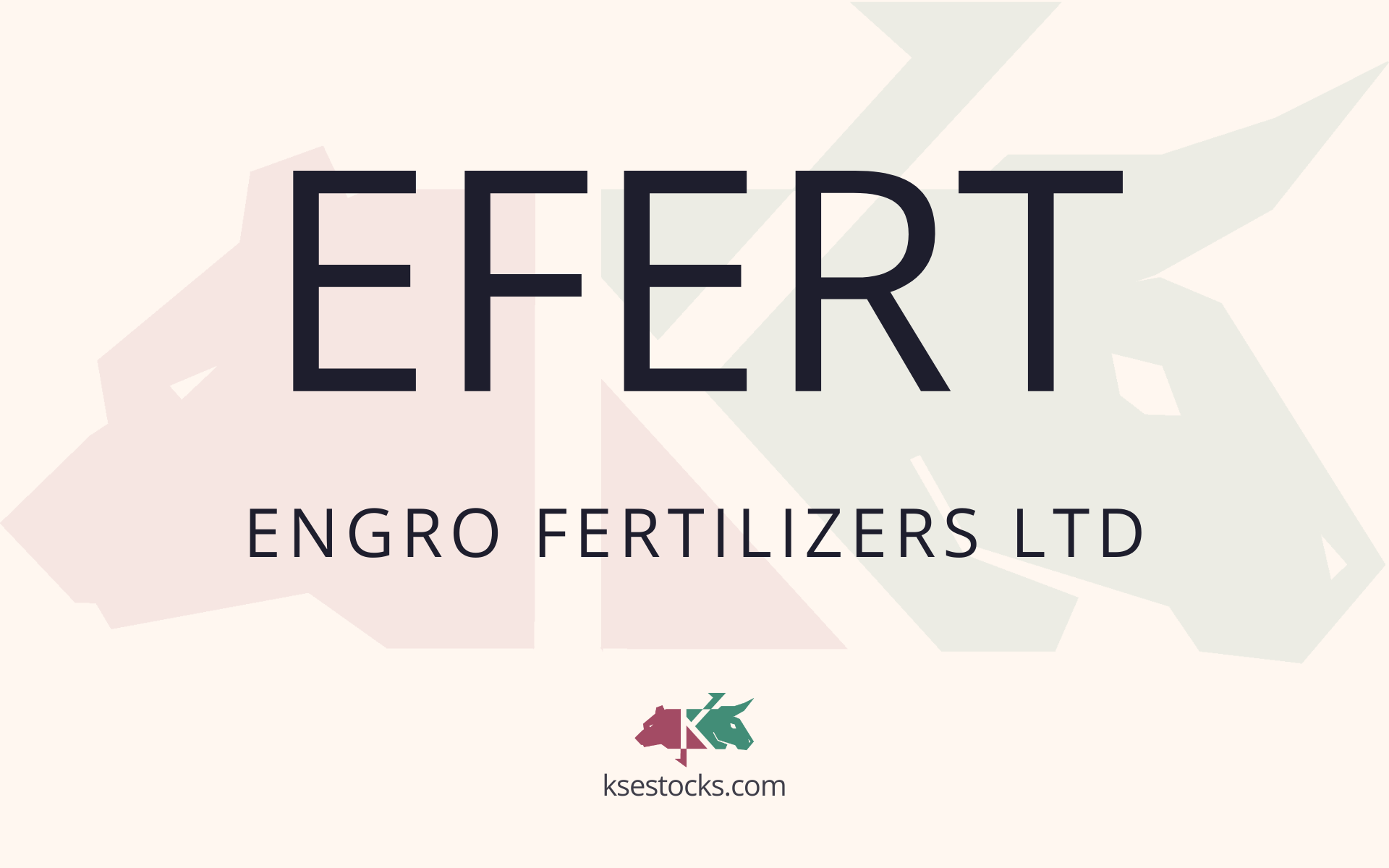


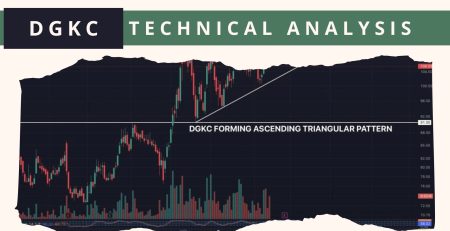
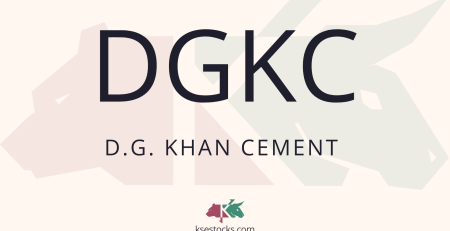
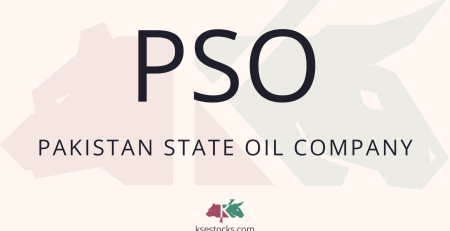
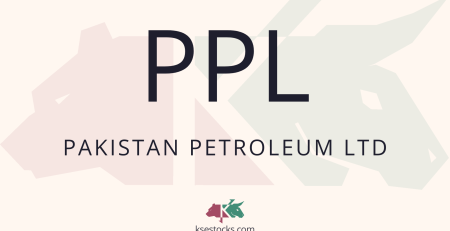
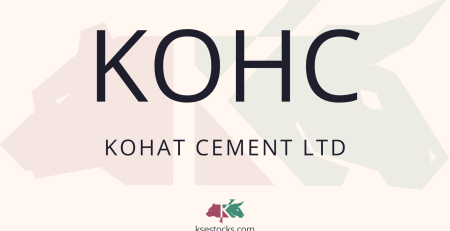
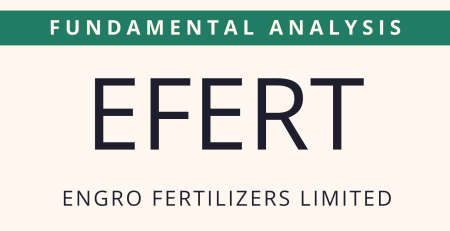
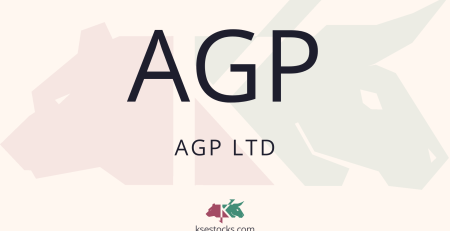
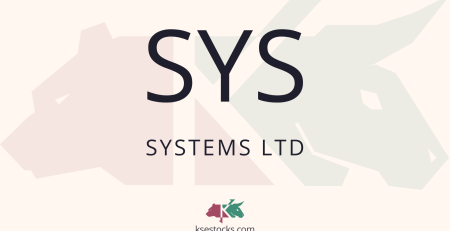

Leave a Reply